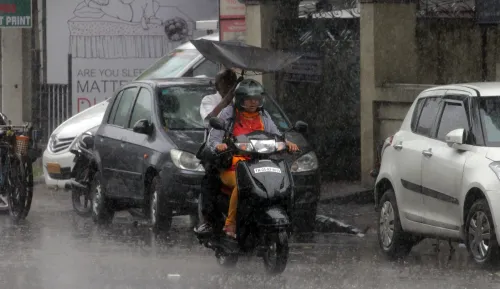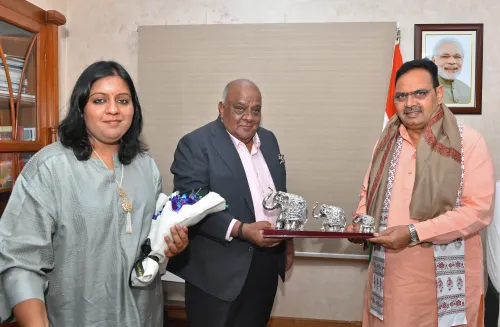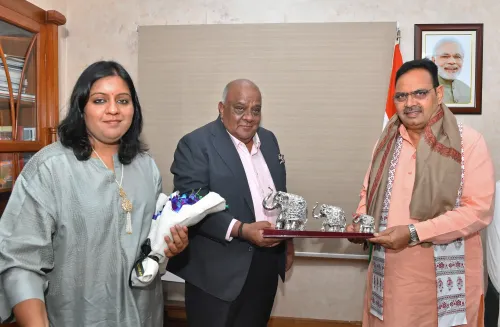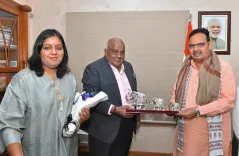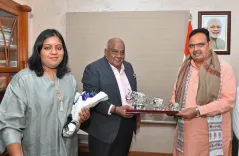What Are Mamata Banerjee and Amit Malviya Disputing About NITI Aayog’s Report on West Bengal's Finances?

Synopsis
Key Takeaways
- West Bengal's socio-economic indicators show mixed results.
- Political tensions are evident in the responses from both leaders.
- NITI Aayog's findings play a significant role in this debate.
- Fiscal management is a critical issue for the state government.
- Public perception is influenced by contrasting narratives from both sides.
Kolkata, July 15 (NationPress) A verbal clash has unfolded between Mamata Banerjee, the Chief Minister of West Bengal, and Amit Malviya, the Chief of the BJP’s Information Technology Cell and the party’s central observer for West Bengal, regarding the recent findings and observations by NITI Aayog concerning the state’s financial status.
Malviya responded on Tuesday to the Chief Minister's remarks on X, asserting that NITI Aayog officially acknowledged West Bengal’s commendable performance on several key socio-economic indicators.
In her communication, the Chief Minister outlined how NITI Aayog recognized West Bengal’s successes across various socio-economic indicators, including literacy rates, reduced school dropout rates, and elevated pass percentages in Classes X and XII compared to national averages, alongside life expectancy rates, sex ratio, infant mortality rate, total fertility rate, and quality of life.
She asserted that for all these parameters, West Bengal’s scores as per NITI Aayog’s latest report were above the national average. “These accomplishments reflect West Bengal’s ongoing dedication to inclusive and sustainable development,” the Chief Minister remarked.
However, in refutation of the Chief Minister’s assertions, Malviya stated on Tuesday that the newest NITI Aayog report starkly reveals the economic turmoil in West Bengal under the governance of the Trinamool Congress.
He also accused the Chief Minister of exaggerating selective statistics while the actual financial indicators painted a dismal picture. To support his counterargument, Malviya emphasized statistics under other socio-economic indicators where West Bengal's achievements lagged behind the national average.
The socio-economic indicators cited by Malviya include the female labor force participation rate, West Bengal's real GSDP growth rate, the state’s share in national GDP, per capita income, and gross enrollment ratios in both higher secondary and higher education.
As per Malviya, the latest NITI Aayog report also highlighted that West Bengal is grappling with a significant fiscal deficit, a deteriorating debt-to-GDP ratio, and a persistent revenue deficit.
“The state met its fiscal deficit targets in only 2 of the last 5 years, and its debt-to-GDP ratio target just once. Revenue deficit remained unaddressed between 2016-17 and 2020-21, which was a clear signal of fiscal mismanagement,” claimed Malviya.
He stated that this was not merely underperformance; it represented a downward spiral. “West Bengal is economically adrift, with the state treasury running dry and no substantial efforts made to establish new revenue sources. The TMC’s governance model has left Bengal increasingly reliant on Central funds and taxes, even as it criticizes Delhi,” Malviya concluded.

